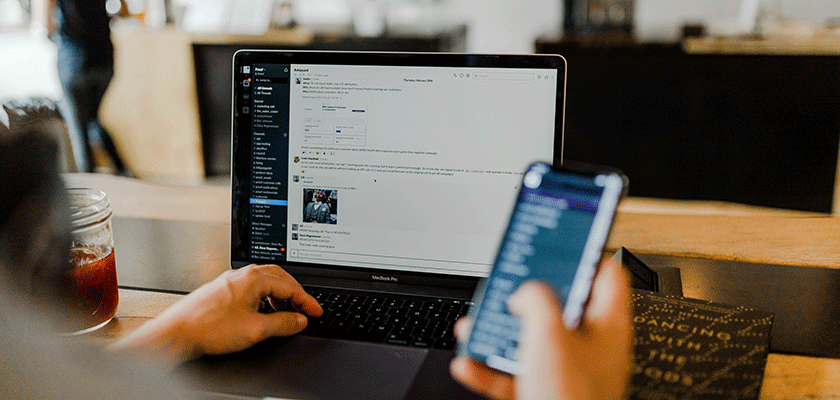When we talk about something big, we mean quality. Quality matters, not quantity. The image does not specify a thing, but its texture and way do express the whole thing. Whenever web development is concerned, we come across from better to the best. The best option we take is to express our inner selves honestly as one, trying and amending ourselves heading towards perfection. We have succeeded in the fields of modernism, advancement, and technology. We have invented robots, introduced telecommunication, the Bluetooth camera, speakers, hearing aid, and much more. The one we look for more importance is the quality. The qualities for web image optimization are the vital need for any web development, e-commerce web shop and web project.
What Is Image Optimization?
Image Optimization is about make less the file size of your web images as much as possible, without immolate quality, so the web page load times remain low . It’s also about image SEO. Web Image Optimization can also be known widely as upgradation, amendment, and enhancement. Its purpose is to achieve the best form from the criteria or standardized requirements.
Why is Optimization Necessary for web image ?
We have heard a lot while we Take it up to the best level. The word “Best“ is the highest ranking a person does in doing any work while working for a company, doing a job, writing something, or having any other important work. We never compromise on the quality. So why do any compromise on the web image optimization? The primary purpose of image optimization for web of any object is the achievement of the best. In this Image optimization, the utilization, efficiency, strength, and productivity are considering the maximizing factors.
Image Optimization:
Web Image optimization reduces the image’s file size to be fit in without losing the quality of an image with the page load being low. It can do in different ways, like as follows:
- In plain language, the naming of images is necessary.
- Reduction of file size.
- Optimization of the thumbnail.
- Image testing
- I am choosing is the correct file type.
- Optimization of Alt attributes
Optimization an Image without losing quality:
First, we must understand that image optimization depends upon efficiency. Some of the techniques which can be applied for the optimization are as follows:
Resize Images:
The first and the foremost thing which one can apply to an image is resizing. The Website content is about 900-1200 pixels wide, so sizing an image and adjusting it for about 2000 wide pixels would be a good option. The correct image size is a necessary item for quality work.
Format:
The correct format of an image is very important. As every type of file has its advantages and disadvantages, though, so there are four basic file types of an image, mentioned below:
JPEG : One of the most popular file types, famous for complex and good pictures.
PNG : High quality, Transparency handler, and flat areas of color can be rendered quickly through it.
GIF: Containing quickly, huge file size, and it is not recommended until using for small animations.
SVG :The scalable vector graphics are destined for not losing the image quality. Depending on the complex state, they use less space depending on the capacity as well.
Using Descriptive file names:
It is essential to use relevant keywords for the helping of website rankings. It is a good option for choosing descriptive file names for optimization the image without losing quality.
Compressing Images:
The compressing image is an essential part of optimization for web. In this procedure, the image is process through an algorithm. There are many services and tools through which image compression can be possible likewise. The standard image file size is almost 70kb-400kb. At the same time, your image would never be more significant than 1MB. Check on for your image size and in case of the A larger image, make sure that you are compressing it and durable for your web image optimization.
Saving Images:
The file size depends upon the quality and the size of the image. Images of the web are usually save for use out as RGB. For web usage, the number of pixels determines the file size. You can resize your image before saving it. So that you might not end up wasting the space with a large image that can be crop easily. The cropping of an image can make on the site. From here, you can change the resolution as well.

